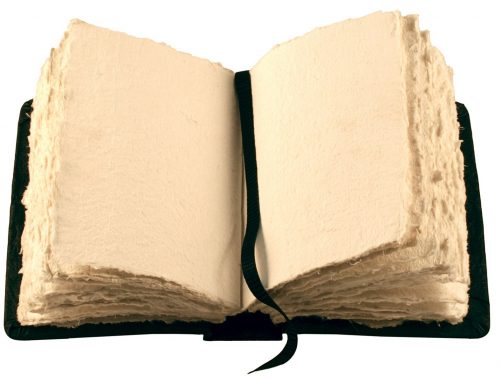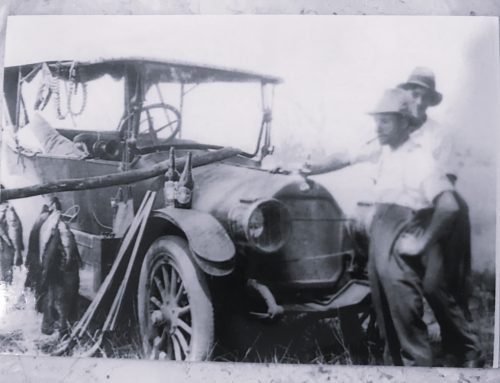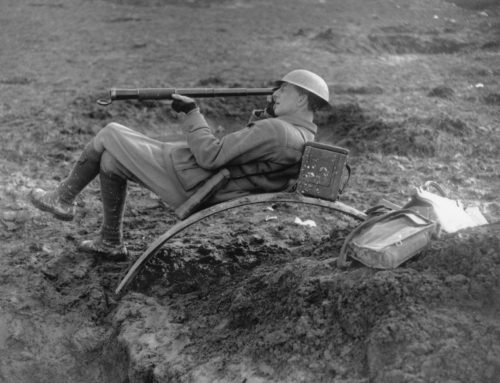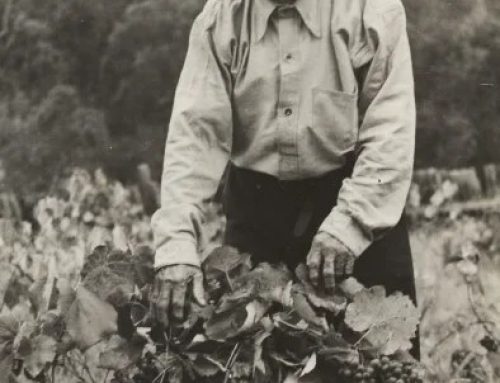The German invasion of France in August 1914 saw millions of soldiers digging two lines of zig-zagging trenches that stretched for five hundred miles across Europe, from the North Sea to Switzerland. These trenches would remain virtually unchanged until the war ended four years later. The area between the opposing forces was known as No Mans Land, a continually deteriorating sea of mud, filled with shell holes, sandbags, barbed wire, corrugated iron and the dead. This was the Western Front or what became commonly known as the Somme battlefields, named after the region and the river Somme. The Germans were forced to fight on two fronts: on the Eastern Front they battled Russia, on the Western they fought against France and Britain, while the Turks battled Australia, New Zealand and Britain at Gallipoli. By 1916 the countries of the British Empire, such as Australia and eventually the United States had shipped troops to France.
The Great War is forever etched in Australias psyche. This war which was to have ended all wars, merely marked the beginning of mans inhumanity to man and was the precursor to the battles that followed and still follow. Yet World War One (as it became known after the Second World War) is commemorated fervently each year as part of our Anzac Day celebrations encapsulating as it does Australias coming of age at Gallipoli and then Australias involvement in France after the evacuation of troops from Turkish soil.
 On Monday the results of the Gallipoli ballot were announced. Next year those recipients of tickets will take part in the centenary celebrations on Anzac Day at Gallipoli to mark the landing of our forces there. The direct descendants of Gallipoli veterans will share a narrow shoreline with dignitaries, representatives of the armed forces and other descendants of service personnel who served during The Great War. In 1916 a similar service will be held in France.
On Monday the results of the Gallipoli ballot were announced. Next year those recipients of tickets will take part in the centenary celebrations on Anzac Day at Gallipoli to mark the landing of our forces there. The direct descendants of Gallipoli veterans will share a narrow shoreline with dignitaries, representatives of the armed forces and other descendants of service personnel who served during The Great War. In 1916 a similar service will be held in France.
Next year I expect we will be bombarded with all sorts of literature movies, books and documentaries on the subject of World War One. This is one war that has been written of frequently, both from a non-fiction and fiction angle producing many fine stories and historical accounts. Authors continue to search for meaning in the bloody soils of Flanders, attempt to understand the reasoning of Generals who were invariably ten miles behind the lines in an age where communication frequently broke down and carrier pigeons would arrive at headquarters with a wing or a leg blown off.
Some readers may comment that they already know enough about this brutal period in history, others may feel that they will never know enough. This monthly series could make you alter your opinion, either way . Or not.
Lest We Forget.
This account comes from The Great War by Les Carlyon. Here Private Jimmy Downing, adrenaline rushing describes the engagement at Villers-Brettoneux:
We were Beserk, every one of us … There was no quarter. I remember bayoneting one Hun, a square fair solid fellow, and one old score was paid off. The bayonet passed right through his heart with surprising ease … One came to a machine-gun post which kept firing at us till we were on it & then surrendered. It was no use, this man said: “How many of you are there? Oh six. Then share that among you” and he dropped a bomb among them … “Now you’ve got your issue” … I saw Hun running away. I shot one Dead. The rest disappeared in the gloom. The killing went on. I was mad. There was blood all over my rifle & bayonet & hands and all … I wouldn’t have missed it for anything. We settled many an old score.







Leave A Comment